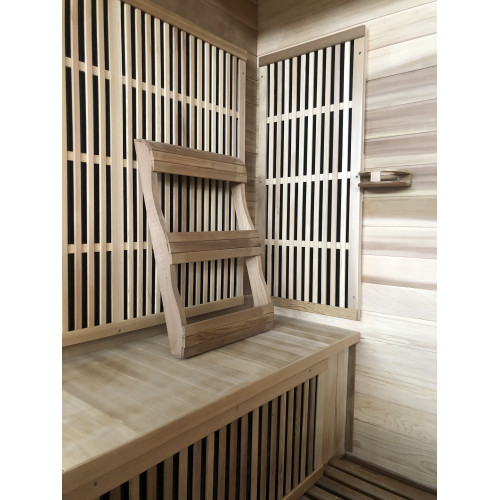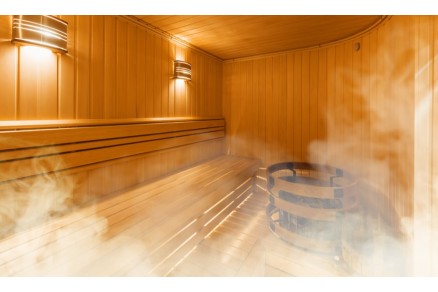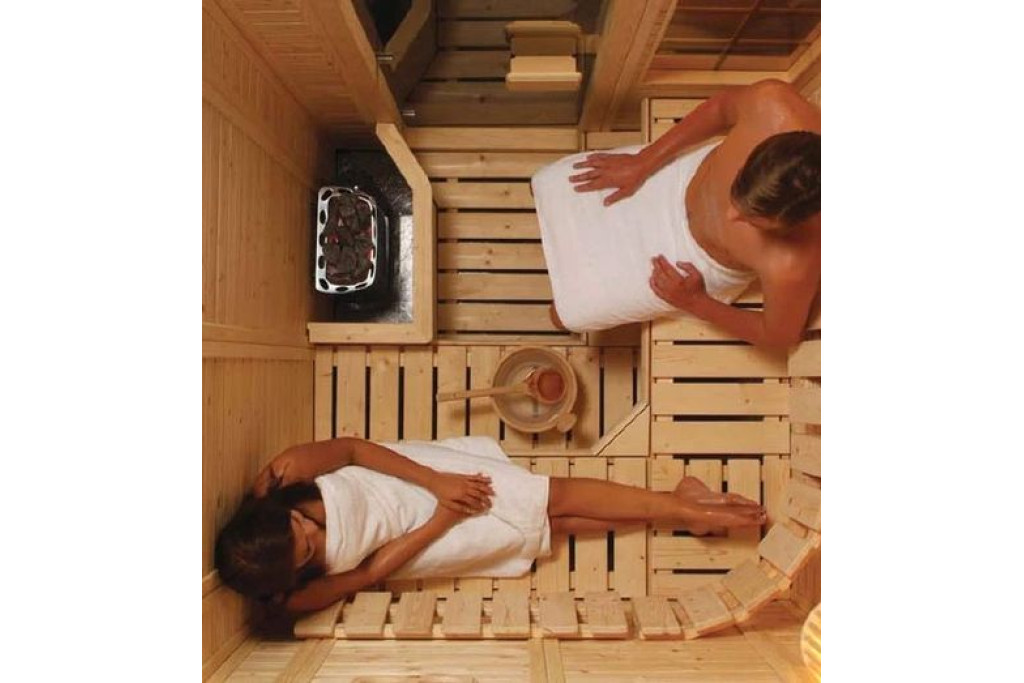Understanding the Difference Between Infrared Saunas and Traditional Saunas August 2024
Understanding
the Difference Between Infrared Saunas and Traditional Saunas
We often get asked “what is the main
difference between infrared saunas and traditional saunas?”
If you are in the market for a sauna
and don’t know which type of sauna to choose, this guide will explain the
benefits of each type of sauna to help you choose the style that best suits
your needs.
Infrared Saunas
Infrared saunas differ from traditional saunas in the way they generate heat and distribute it to the body. While traditional saunas heat the air around you to warm the body indirectly, infrared saunas use infrared light panels positioned along the interior of the sauna cabin to directly penetrate the skin. This allows infrared saunas to provide a more subtle, comfortable and efficient heat that results in a soothing heat therapy experience, because the heat from infrared sauna panels distributes the heat evenly throughout the cabin without excessively raising the ambient temperature.
 Infrared Light Panels Provide Smooth Evenly Dispersed Heat Throughout an Infrared Sauna
Infrared Light Panels Provide Smooth Evenly Dispersed Heat Throughout an Infrared Sauna
Most infrared saunas provide a maximum
temperature of 140 to 150 degrees Fahrenheit. The lower operating temperatures
of infrared saunas are designed for individuals who may find the higher intense
heat of traditional saunas uncomfortably hot. Infrared saunas will be more energy
efficient as well because they require less time to heat up, less power
consumption and maintain a consistent temperature.
The smooth and evenly dispersed heat
of a home infrared sauna is well-suited for individuals with cardiovascular
issues or other conditions such as asthma or COPD, who need the health benefits
of a sauna but may be sensitive to the extreme temperatures of traditional
saunas. Benefits of infrared saunas include detoxification(sweating) which in turn
helps lower blood pressure, improves skin health and lowers the risk of heart
disease resulting in improved overall cardiovascular health.
Traditional Saunas
Traditional saunas are preferred by those who seek a more intense heat designed to make you sweat more. This intense heat is often combined with steam that is produced by drizzling particles of water over hot “lava” rocks located on top of the sauna heater. Traditional saunas can provide internal temperatures up to 195 degrees Fahrenheit.
 Traditional Saunas Use Electric Heaters with Stones to Create Intense Heat and Steam
Traditional Saunas Use Electric Heaters with Stones to Create Intense Heat and Steam
One of the primary benefits of traditional
saunas is their ability to improve cardiovascular and respiratory health. The
intense heat of the sauna causes the heart rate to increase, in turn stimulating
the circulatory system which increases blood flow resulting in enhanced delivery
of oxygen and nutrients to the body. When
steam is created from pouring water over the hot lava rocks, the warm moist air
can help loosen mucus in your airways helping to improve breathing and lung
function.
The intense heat and steam of a traditional
sauna promotes can also help with skin rejuvenation through the process of
detoxification. When the body sweats profusely it expels toxins and other impurities
in the skin such as metals, chemicals and other unhealthy substances from the
skin. The “flushing out” of the skin pores results in skin rejuvenation including
reduction in blemishes and acne yielding a more healthy and radiant skin tone.
Conclusion
Both infrared saunas and traditional
saunas can offer tremendous health benefits when combined with regular exercise.
The choice between the two ultimately depends on individual preferences and
health considerations. Some individuals may seek out the intense heat of
traditional saunas for a more vigorous sweating experience, while others may prefer
the gentler warmth and targeted benefits of an infrared sauna. Whichever type
of home sauna you choose, incorporating a regular sauna session into your
wellness routine can have a positive impact on both your physical and mental
health.







